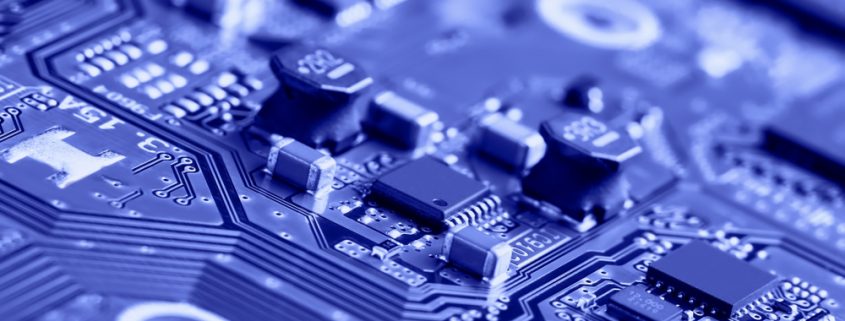The Advantages of Using a Time of Flight ASIC in Depth Sensing Applications
Time of flight (TOF) is a popular technology used in depth sensing applications. It measures the time it takes for light to travel to a target and back, allowing for accurate depth measurements. To enhance the capabilities of TOF technology, a Time of Flight ASIC is commonly used. In this article, we will discuss the advantages of using a Time of Flight ASIC in depth sensing applications.
Advantages of Using a Time of Flight ASIC
Improved Performance
The primary advantage of using a Time of Flight ASIC in depth sensing applications is the improved performance it offers. The ASIC is designed to specifically handle the complex computations involved in TOF technology. As a result, it provides faster and more accurate depth measurements, enabling applications to work more efficiently.
Moreover, a TOF can reduce the power consumption of the depth-sensing application. It allows for higher-resolution depth measurements without compromising accuracy. By optimizing the performance of the TOF technology, the ASIC enables more precise measurements to be taken in real-time.
Compact and Cost-Effective Solution
Another significant advantage of using a Time of Flight ASIC is its compact size and cost-effectiveness. The ASIC is a single-chip solution that incorporates all of the necessary hardware and software required to perform TOF depth sensing. This makes it an efficient and low-cost solution compared to traditional depth sensing technologies.
The ASIC is also ideal for applications where space is limited. Its compact size makes it possible to integrate TOF technology into small devices like smartphones, laptops, and cameras. Moreover, the ASIC reduces the cost of development and manufacturing of depth sensing applications, making it an attractive option for mass-market adoption.
Applications of Time of Flight ASIC in Depth Sensing
Gesture Recognition
One of the most promising applications of Time of Flight ASIC in depth sensing is gesture recognition. The ASIC’s enhanced performance and accuracy make it possible to capture more detailed hand movements and gestures. This makes it ideal for applications like gaming, virtual reality, and augmented reality.
The ASIC’s compact size and low power consumption make it possible to integrate the technology into small devices like smartphones and wearables. This enables gesture recognition to be used for a range of different applications, from controlling music playback to navigating menus.
Robotics and Autonomous Vehicles
Another significant application of Time of Flight ASIC in depth sensing is in robotics and autonomous vehicles. The ASIC’s fast and accurate depth measurements make it possible for robots and autonomous vehicles to navigate their environment more efficiently. This enables them to avoid obstacles and hazards in real time, enhancing safety and performance.
Moreover, the ASIC’s low power consumption and compact size make it possible to integrate the technology into smaller robots and vehicles. This makes them more efficient and cost-effective, enabling the development of a wider range of applications.
Conclusion
In conclusion, Time of Flight ASIC is a powerful technology that enhances the capabilities of TOF depth sensing. Its improved performance and accuracy make it ideal for applications like gesture recognition, robotics, and autonomous vehicles. Moreover, its compact size and cost-effectiveness make it an attractive option for mass-market adoption. By utilizing Time of Flight ASIC in depth sensing applications, developers can create more efficient and accurate devices and applications.
Get more expert information from Linear MicroSystems by clicking here!
Linear MicroSystems, Inc. is proud to offer its services worldwide as well as the surrounding areas and cities around our Headquarters in Irvine, CA: Mission Viejo, Laguna Niguel, Huntington Beach, Santa Ana, Fountain Valley, Anaheim, Orange County, Fullerton, and Los Angeles.






